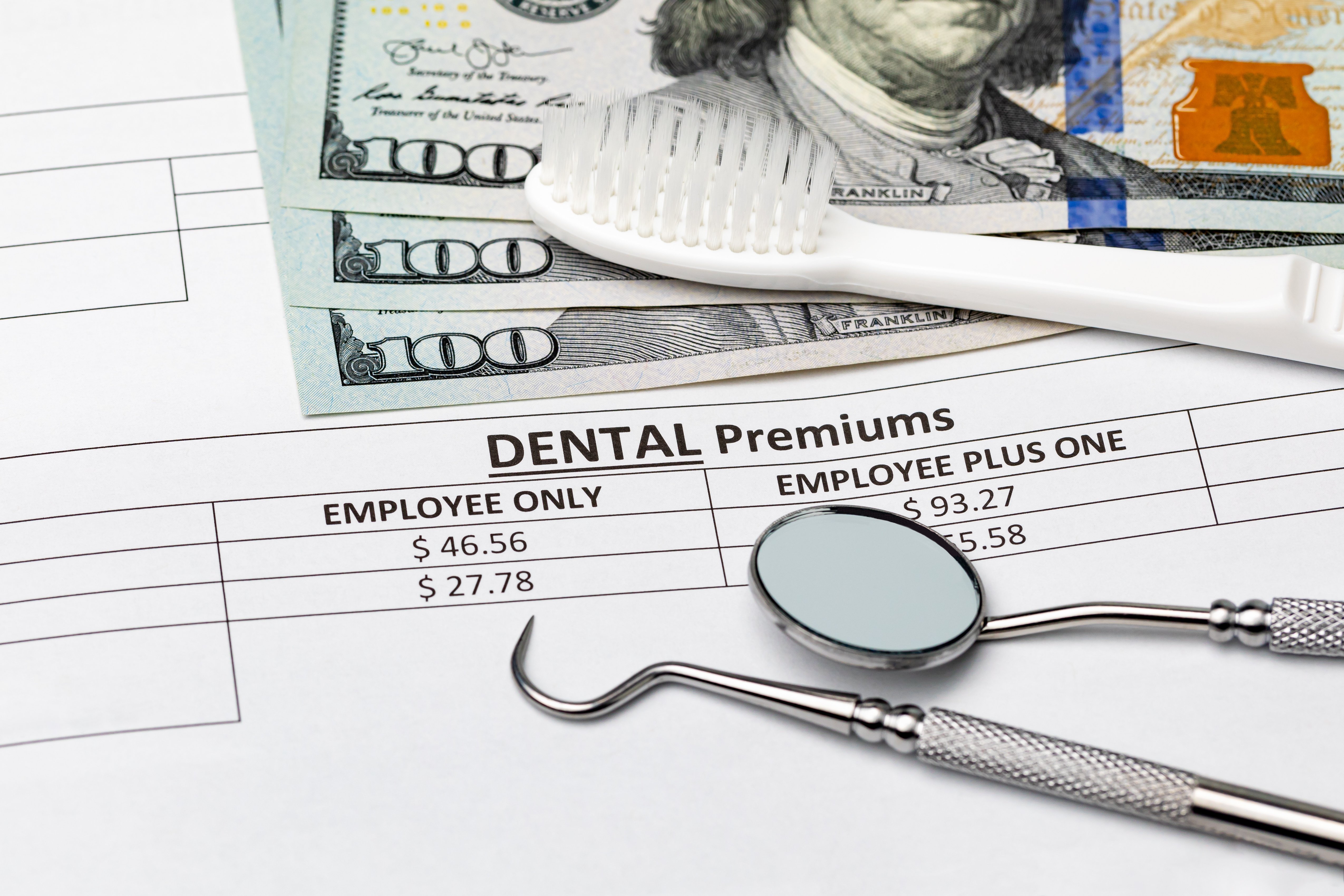
As DSOs roll up practices into their enterprise, data from multiple sources often create silos and block workflows. When you migrate to a new dental practice management system (PMS), don’t bring along those legacy issues.
Instead, invest the effort to cleanse your data and update your workflows — starting with revenue cycle management (RCM) standardization.
Streamlining operations through RCM standardization will prepare you to fully leverage your new solution, smoothing the transition and facilitating user adoption. Download our latest white paper for a step-by-step process to standardize your RCM before a migration.
RCM is the process of managing a dental practice’s finances. It removes friction that slows down the revenue cycle and helps DSOs maintain healthy cash flow cost-effectively.
RCM standardization involves many aspects, such as standardizing treatment codes, improving insurance management, implementing eligibility verification processes, negotiating payer fees, optimizing day-to-day workflows, and using KPIs and reporting to inform decision-making.
Standardizing your RCM processes helps ease the transition to a new PMS by streamlining and aligning financial and administrative processes. It sets the stage to help you make the most of the advanced features offered by today’s cloud dental software. Here are the top benefits of investing in this critical step before the migration:
RCM standardization requires consistent coding practices and data entry protocols. Standardized data formats facilitate integration of information from multiple sources and reduce the risks of errors and discrepancies.
Standardized RCM procedures and data formats simplify data mapping and conversion. They reduce the need for extensive data cleansing and manipulation during software migration, which may require a lot of time and resources.
RCM and data standardization helps reduce integration challenges as you incorporate a new PMS into your IT infrastructure, minimizing disruptions to ongoing business operations and supporting business continuity during the transition.
Consistent and streamlined workflows across departments simplify the process of configuring the new software. It’s easier for staff members to adapt to the new system since they can apply existing knowledge and follow the already standardized procedures.
A standardized RCM process improves the consistency and reliability of financial and operational data, allowing you to leverage advanced analytics capabilities offered by today’s dental software and set the foundation of robust reporting practices.
Standardized processes should align with regulatory requirements (e.g., HIPAA). When you migrate these established procedures to a new platform, you can maintain compliance and reduce the risks of regulatory issues without reinventing the wheel.
Well-defined processes help reduce the time and effort required to define technical and functional requirements, configure workflows in the new PMS, and conduct testing because everyone already has a shared understanding of the procedures.
Since your staff will follow the same procedures after switching to the new software, RCM standardization helps mitigate the risks of disruption to business processes and revenue flow. Employees will need less time to ramp up, reducing the risks of unplanned delays.
With a shared understanding of the foundational requirements and processes, your team can spend more time and effort on leveraging the new PMS’s features to apply industry best practices and enhance existing processes.
There is a lot to consider when migrating your data and workflows to a new dental practice management software in today’s complex technology landscape. Operations optimizations like RCM standardization will set the stage to help you get the most out of your new solution by streamlining the transition and easing user adoption.
Download our white paper, What to Expect When Switching Practice Management Systems and How to Master Your Data Migration Journey, in which we share our from-the-trenches insights into dental software migration best practices gained from serving dental practices of all sizes for over a decade.
These Stories on Data Management
No Comments Yet
Let us know what you think